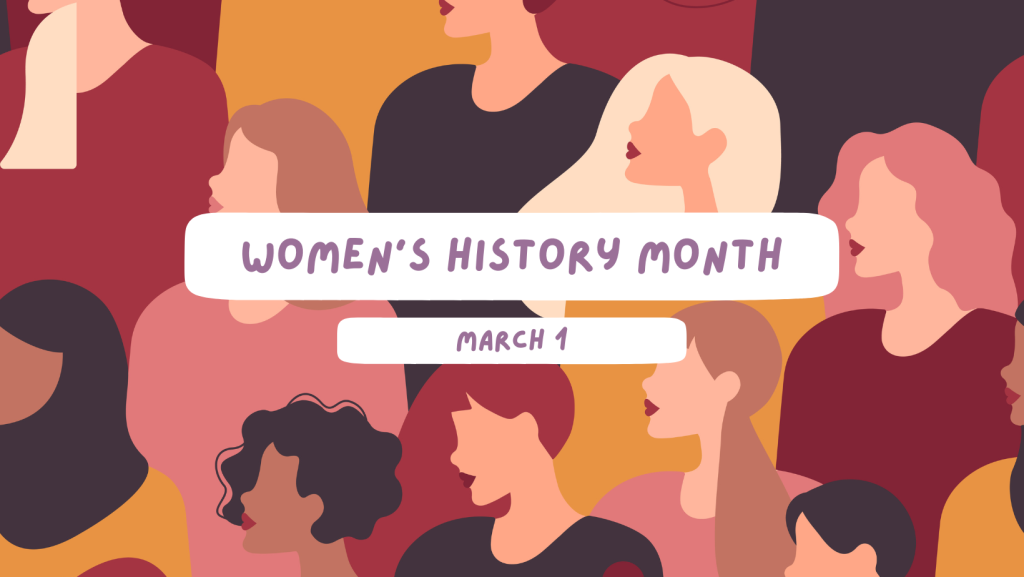Women’s History Month, March 1-31, celebrates the contributions women have made to the United States and recognizes the achievements women have made in a variety of fields.
In my SD Humanities Council presentation, “Women Tamed the Frontier,” I talk about how women changed the culture, the environment and the trajectory of life on the American frontier, including:
Mary Ida and Edith Ammons, two sisters who homesteaded near the Lower Brule Indian Reservation in South Dakota in the early 1900s. They made their marks: Edith was a newspaper woman and Ida Mary taught school. As homesteaders, they encountered prairie fires, rattlesnakes and blizzards. They opened a post office and a general store — in addition to proving their claims.
Dr. Mary Atwater, known as “Dr. Molly, who was prevented from opening a medical practice in the East because she was a woman. So she went West, where she opened a medical practice in Montana mining camps.
And here’s to the countless women who taught school on the prairie, who proved their claims through the Homestead Act, who established and nurtured church congregations.
I encourage you to visit the National Geographic’s traveling exhibition, “Women: A Century of Change” at the Washington Pavilion in Sioux Falls. The exhibit includes images from the National Geographic archives and reveals the lives of women from more than 30 countries from the turn of the 20th century until now. These powerful images are organized into six themes including joy, beauty, love, wisdom, strength and hope.
Women’s History Month is a good time to pause and remember the women who went before us.

